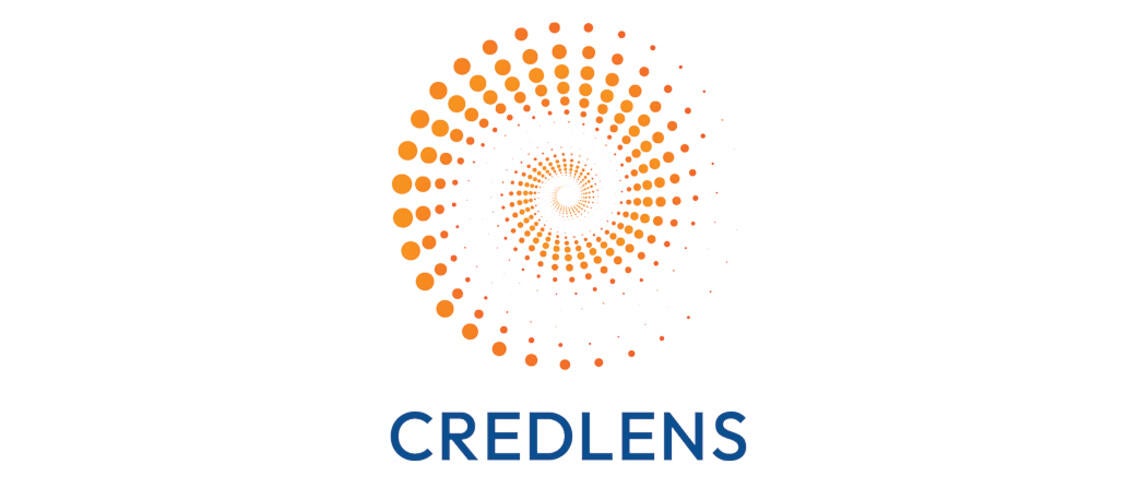Implementation of the American Recovery and Reinvestment Act: Workforce Development and Unemployment Insurance Provisions
W.E. Upjohn Institute for Employment Research Study
Authors: Barnow, Cai, Chocolaad, Eberts, Hobbie
At the end of 2007, the U.S. economy was hit with the most severe recession since the Great Depression, as the unemployment rate rose from 5 percent in December of that year to a peak of 10 percent in October 2009 before declining to 7.8 percent in the last two months of 2012. In response, Congress enacted the American Recovery and Reinvestment Act (ARRA) in February 2009 to invest in the nation’s social and physical infrastructure and to spur economic activity. U.S. Department of Labor (USDOL) programs were a major part of the Recovery Act. At the time of the bill’s passage, the USDOL’s Recovery Act funding was estimated at $66 billion out of a total departmental budget of $435 billion. The $66 billion share from the USDOL ranked third behind funding through programs of the Department of Health and Human Services and the Department of Education. Actual USDOL program funding was greater than these early estimates, however—partly because the recession was deeper and longer than anticipated, which increased the actual outflow of unemployment insurance (UI) funds, but in larger part because the UI provisions were extended numerous times in subsequent recession-era legislation.





































